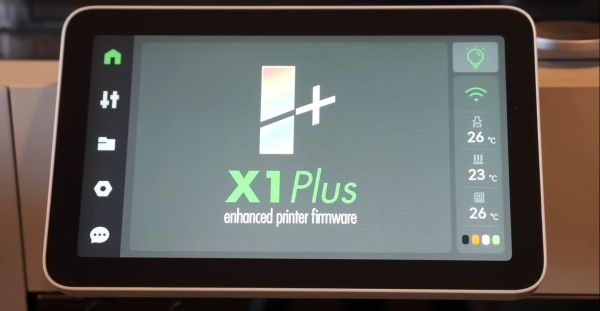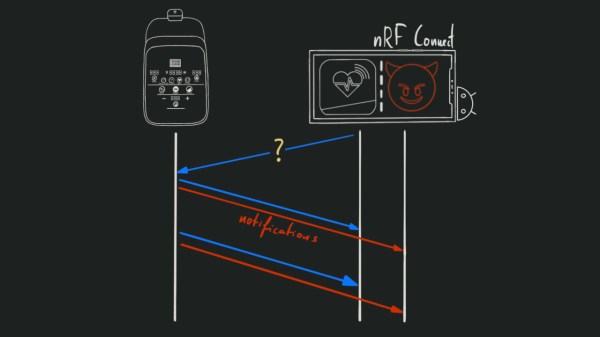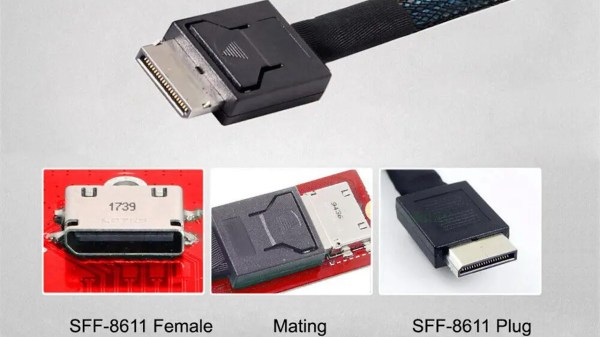On January 10th Bambu Lab published a blog post in which they address the issue of installing custom firmware on your Bambu Lab X1 3D printer. This comes hot on the heels of a number of YouTube channels for the first time showing off the X1Plus firmware that a number of X1 users have been working on as an open source alternative to the closed, proprietary firmware. Per the Bambu Lab blog post, there is good and bad news for those wanting to use X1Plus and similar projects that may pop up in the future.
After Bambu Lab consulted with the people behind X1Plus it was decided that X1 users would be provided with the opportunity to install such firmware without complaints from Bambu Lab. They would however have to sign a waiver that declares that they agree to relinquish their rights to warranty and support with the printer. Although some details are left somewhat vague in the blog post, it appears that after signing this waiver, and with the target X1 printer known to Bambu Lab, it will have a special firmware update (‘Firmware R’) made available for it.
This special firmware then allows for third-party firmware to be installed, with the ability to revert to OEM firmware later on. The original exploit in pre-v1.7.1 firmware will also no longer be used by X1Plus. Hopefully Bambu Lab will soon clarify the remaining questions, as reading the Reddit discussion on the blog post makes it clear that many statements can be interpreted in a variety of ways, including whether or not this ‘Firmware R’ is a one-time offer only, or will remain available forever.
It’s not the first time we’ve seen a 3D printer manufacturer give users this sort of firmware ultimatum. Back in 2019 Prusa added a physical “appendix” to their new 32-bit control board that the user would have to snap off before they could install an unsigned firmware, which the company said signified the user was willing to waive their warranty for the privilege.
Thanks to [Aaron] for the tip.


















